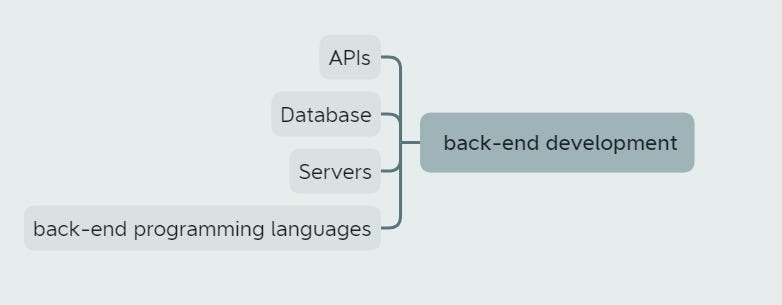
Photo by Artem Sapegin on Unsplash
How to start off with Web Development: from the Eyes of a Tech Newbie.
Table of contents
No headings in the article.
I know it must be an overwhelming and tedious process to get yourself started in WebD because I have experienced it firsthand. There are multiple courses, roadmaps, boot camps, and whatnot, and all of this somehow fuels the anxiety. You start to lose the direction and begin slacking.
There’s no learning without relatedness. Unless you try to fit in and see what suits you, technologies are foreign. Especially when it comes to WebD, it’s a vast domain with numerous frameworks to work on.
Let’s get a step ahead and break it down into 2 chunks. First has to be the interface a user is made to engage with, i.e.
Front-End development-
Here, we design web pages for the websites. So, when you interact with a website, what you see is the front end. When we talk about the front end, everything boils down to HTML, CSS, and JavaScript. From the web page’s color scheme to the font, we have it covered. Front-end dev is further categorized as UI/UX because user experience and interface are the foremost priority of any developer. It’s always advised to have basic designing skills, which would ultimately result in a better interface. There are multiple courses and e-resources available both free and paid at your disposal. You can try them out and build stuff from scratch for hands-on experience.
Next on our list is,
Back End Development-
This section in Web Dev is a little more complex. For any website to run in real-time, we need smooth coordination between front and back-end development. It is also known as server-side development. The back-end of a website is a combination of servers, applications, and databases. To explain it in layman terms, whenever you click on submit button, the data that is processed and produced on the screen is the result of backend execution which the user doesn’t get to see.
Back-end development involves various kinds of tools, languages, and frameworks. For e.g.- Java, NodeJS, .NET, [SQL, MongoDB] for data processing. For becoming a good back-end developer, you need to have a good knowledge of:

There are several made from scratch courses available on each one of them. Divide your learning into sections and conquer them one at a time.
To finally be called a Full Stack Developer and start off either with freelancing or a full-time web developer profile you need to be familiar with the libraries, data processing, working with APIs, and obviously the programming languages used. Oh, and most importantly, you should know how to manage and make use of Git & Git-hub.
To be honest, there’s nothing called a roadmap because I feel we all have different paces and learning habits. So, hold onto the goals and path you set for yourself and accomplish them one at a time. Of course, there are no so-called shortcuts because unless you get your hands dirty, you wouldn’t know the right way of doing it.

